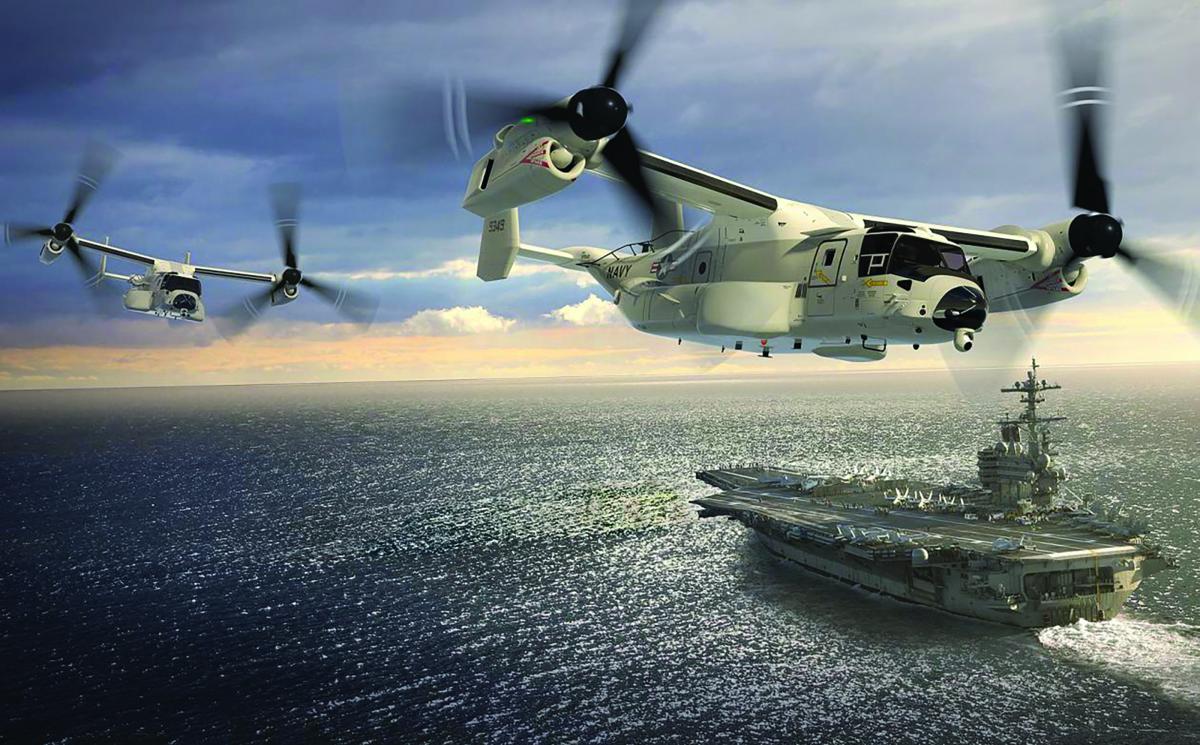The U.S. Navy has a 30-year shipbuilding plan. But distributed maritime operations is built around C2, ISR and logistics. The enablers are becoming more than that; they are becoming key weapons systems themselves.
For the U.S. Navy, the evolving approaches to distributed maritime operations involve fighting as a distributed fleet but with integrated combat effects. This involves working on fleet operations which operate over 360-degree space with multi-domain operations and combat effects. This entails reworking how the strike fleet works together into modular task forces as distributed combat clusters.
How to integrate those modular task forces to achieve the desired effect? And how to shape a larger fleet capability by cross-integrating the task forces which are crucial to crisis management dominance or escalation management?
Clearly, command and control within those task forces and across the fleet are crucial determinants of the ability of the force to have desired combat effects. But equally important is the ability to the sustain the force, and to do so with supplies ashore or afloat which can be leveraged to sustain the combat force.
The coming of the CMV-22B, the U.S. Navy has a significant new capability to provide for cross-deck support and logistical integration for a distributed force. The coming of the CMV-22B could provide the fleet a significant cross deck logistic capability able to deliver mission critical cargo and supplies throughout the fleet. Put another way, thinking of the deployed sea-bases as a chessboard rather than as scripted task forces built around specific platforms, can expand the capabilities of the Navy in fighting as a fleet.
In a July 2021 interview, Bell had a chance to talk with Captain Dewon “Chainsaw” Chaney, the Commander of COMVRMWING (or Fleet Logistics Multi-Mission Wing), with regard to the coming of the CMV-22B to the fleet. As “Chainsaw” put it: “The Osprey provides flexible options for austere support. I think we’re going to need that as we look toward the future and where we’re potentially going to operate, where we may be forced to operate, depending on the evolving combat situation.”
The CMV-22B has been bought as a replacement for the C-2 for carrier support, but because of its ability to move at speed and range and land vertically without the need for a CAT and TRAP system, it can operate within the fleet rather than be tethered to the large deck carrier. This is crucial as the Navy evolves from its carrier task force centric focus to a fleet focus.
That shift was highlighted in visits to the Naval Aviation Warfighting Development Center (NAWDC) last year. Today’s NAWDC is focused not simply on training for the integrated air wing aboard a large-deck carrier, but upon the integratable air wing engaging in leveraging and enhancing fleet-wide operations and working closely with joint and coalition force partners.
They are focused on how the fleet can operate as a distributed force, to provide 21st century fires from cross-domain but maritime rooted perspective. To do this, they are focused on shaping a maritime distributed force which is integratable. To do so requires, not only advanced C2 and ISR integratable, but sustainability.
And with the significant shortfall in Military Sealift Command ships, and the time it takes to build such ships, building out numbers of CMV-22Bs to fill the gap and enable resupply at tiltrotor speed and range makes a lot of sense.
And having the CMV-22B as part of the air wing provides change as well for the vertical lift Naval community as it prepares for change in how long-range maritime strike will evolve. In the July interview with Captain Chaney, we discussed how he thought the CMV-22B would fit into NAWDC. He felt that the aircraft would be slotted into the rotary wing segment of NAWDC initially. But the Osprey is anything but a rotorcraft and here Captain Chaney noted that the coming of the Osprey provided a significant opportunity for innovation for both the fleet and NAWDC. With the Osprey TTP development at NAWDC, it will significantly impact fixed and rotorcraft thinking about the current force and the future force.
It is part of the template for change for the Navy’s tiltrotor and rotorcraft communities.
Operating in concert with the CMV-22B will help the Navy’s rotorcraft community reshape their template to get better now and to prepare for the future more effectively. And as the Navy operates the aircraft in a time of significant change for the fleet, they will clearly come to realize the CMV-22B is a key weapon system when it comes to the operation of fleet.





